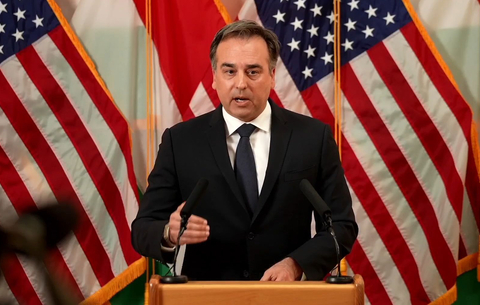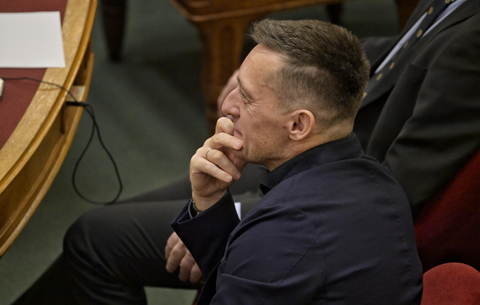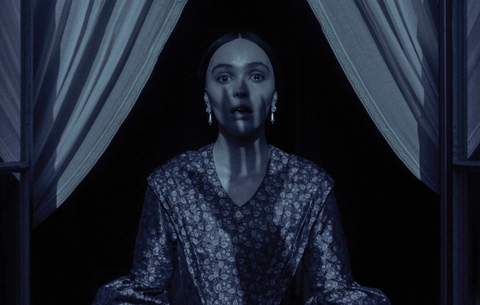Marketing Centrum
The gap between the Socialists and Fidesz has closed slightly, but there is no sign of a Socialist breakthrough. Fidesz would still be the most likely winner if an election were held now. Fidesz is on 40%, the governing Socialist party on 33%. The Free Democrats, the junior coalition partner, is on 5%.
The Socialists suffered a significant fall in popularity following last December's referendum campaign, but it seemed at the end of last year that they would be able to catch up with their largest rival. But the senior coalition partner lost momentum in February, with Fidesz opening up a stable lead that it maintains to this day.
At the end of October, the figures were much the same as in September. Amongst people of voting age, Fidesz is on 40%, the Socialists on 33%, and the Free Democrats are on 5%.
The Socialists lead only amongst those who are strongly interested in politics, Budapesters and the over-60s. The largest opposition party leads most strongly amongst residents of small towns, regular churchgoers and those under 30.
Supporters of the three main parties are more or less equally likely to vote. This represents a gain for the Free Democrats, since this represents a firming up of the party's voter base. Supporters of the Hungarian Democratic Forum and of the extra-parliamentary parties are now less likely to turn out on election day. The implication is that, were an election to be held now, only three parties would be likely to enter parliament.
But 15% of likely voters have no favourite party. Despite Fidesz's constant lead, therefore, a 2006 Fidesz victory is not yet a foregone conclusion - especially since a majority of uncommitted but likely voters say that they would like the current coalition to remain in power after 2006.
But a majority of respondents continue to say that they would like to see a change in government.









